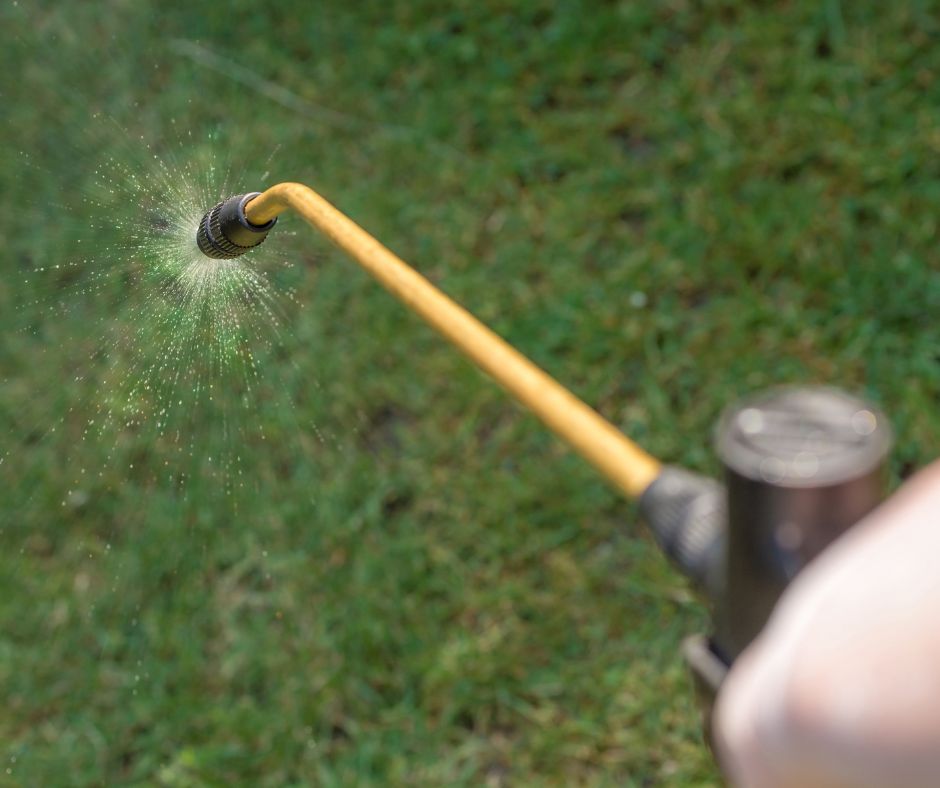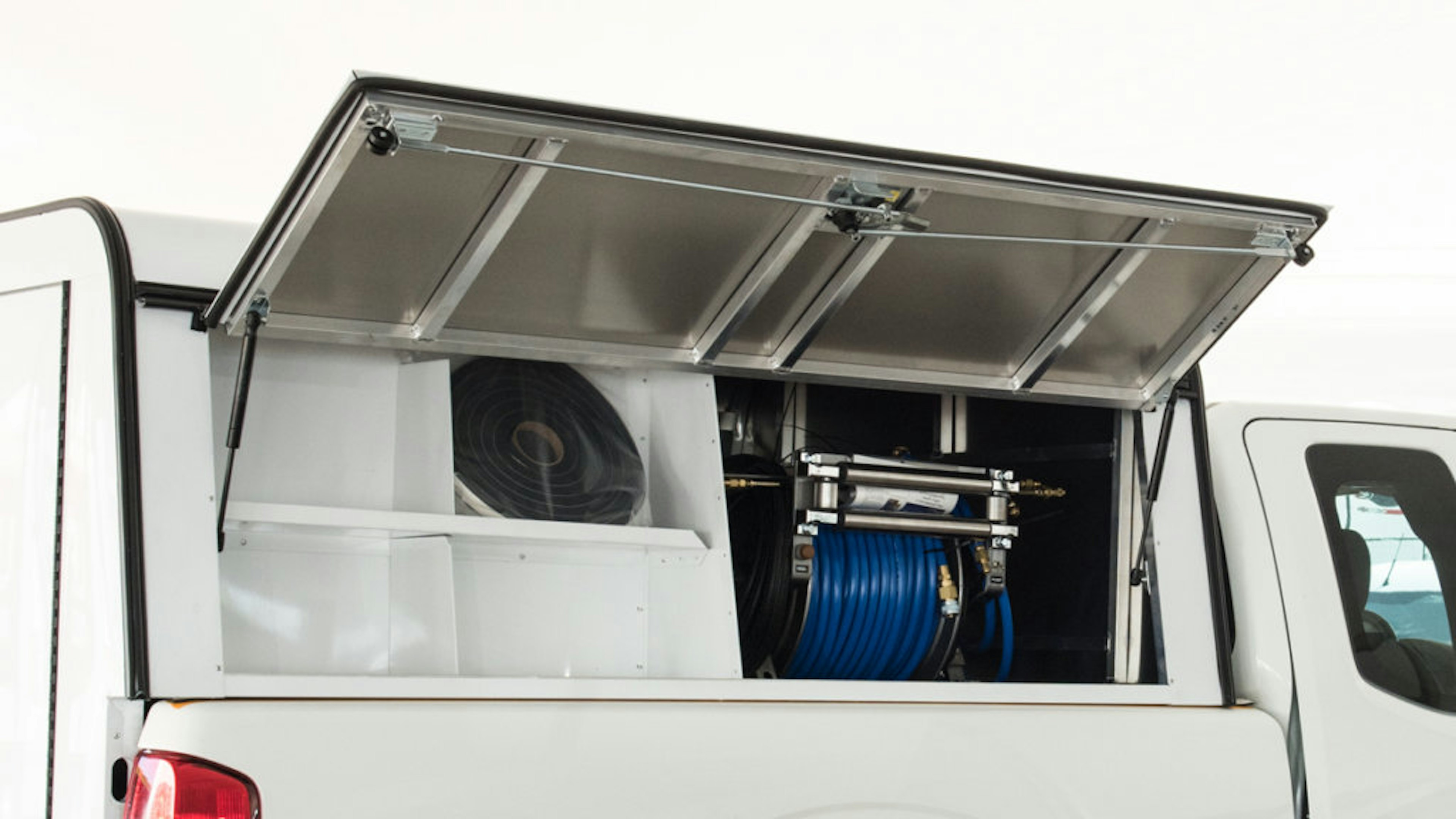Comprehensive Pest Control Services to Protect Your Property in Port Charlotte
Learn More About the Latest Developments in Bug Control and Just How to Implement Reliable Treatment Solutions
In current years, the field of pest control has actually witnessed significant developments, driven by the need for efficient and sustainable therapy options. Ingenious techniques such as Integrated Insect Administration (IPM) integrate environment-friendly techniques with cutting-edge technology, boosting both efficacy and environmental responsibility.
Eco-Friendly Insect Control Options
In recent times, the demand for environmentally friendly parasite control alternatives has surged as businesses and property owners alike look for sustainable alternatives to typical chemical therapies. This shift is driven by growing ecological awareness and a wish to lessen the health and wellness dangers associated with synthetic pesticides.

Eco-friendly bug control approaches incorporate a variety of techniques that prioritize the usage of natural substances and practices. Integrated Parasite Administration (IPM) is one such method, integrating organic, social, and mechanical techniques to take care of insect populations while minimizing dependence on chemicals (Wildlife removal services). This holistic approach highlights prevention via environment manipulation and the introduction of natural killers, therefore cultivating a balanced community
An additional preferred option is making use of agricultural pesticides acquired from plants, which often tend to be much less harmful to non-target organisms. Products like neem oil and diatomaceous planet have gotten grip for their effectiveness in controlling bugs while posing minimal threats to human health and wellness and the environment.
In addition, exemption techniques, such as sealing access points and preserving tidiness, play an essential role in environmentally friendly insect monitoring. By adopting these sustainable techniques, people and services can effectively take care of pests while advertising a much healthier world for future generations.
Smart Technology in Parasite Management
Innovation is reshaping the landscape of parasite administration, with wise innovation emerging as a critical pressure in boosting effectiveness and efficiency - Wildlife removal services. The integration of Internet of Points (IoT) tools, man-made knowledge (AI), and data analytics is changing just how parasite control experts approach infestations
Smart traps equipped with sensors can identify pest activity in real-time, sending instant notifies to operators. This enables timely responses, minimizing damages and minimizing the need for extensive treatments. Furthermore, AI formulas assess historical data to anticipate insect behavior, allowing positive interventions based on environmental conditions and infestation patterns.
Drones and automated vehicles are likewise playing a substantial role in pest monitoring, providing airborne assessments of large areas, recognizing hotspots, and also dispersing targeted therapies. These modern technologies not just streamline operations however also enhance safety and security by limiting human exposure to possibly unsafe chemicals.
Additionally, mobile applications empower customers to keep an eye on pest activity and access professional advice, cultivating a collective approach to pest management. In general, the adoption of clever innovation is establishing a brand-new standard in pest control, emphasizing data-driven decisions and lasting practices that eventually benefit both experts and house owners alike.
Integrated Bug Monitoring Methods
Integrated Parasite Management (IPM) employs a holistic method to pest control, integrating various approaches to efficiently take care of parasite populaces while decreasing threats to human health and wellness and the atmosphere. IPM revolves around comprehending the pest life process, their all-natural opponents, and the ecosystem in which they prosper.
Among the essential elements of IPM is keeping track of pest populaces through normal inspections and information collection. This enables the identification of insect limits, establishing when treatment is necessary. Cultural practices, such as crop rotation, habitat, and cleanliness control, are necessary in decreasing pest occurrence and advertising plant health.
Mechanical controls, consisting of barriers and traps, are additionally vital in IPM. These methods can physically eliminate or deter parasites without the usage of chemicals. When required, the sensible application of chemical controls is used, concentrating on targeted therapies that lessen environmental influence.
Education and learning and partnership among stakeholders, including farmers, pest control experts, and the area, are important for the successful implementation of IPM strategies. By prioritizing sustainable methods, IPM not just addresses pest concerns however additionally fosters a healthier ecosystem.
Biological Control Approaches
Countless organic control techniques are increasingly acknowledged next for their efficiency in handling insect populaces while advertising ecological equilibrium. These techniques harness all-natural predators, bloodsuckers, and pathogens to minimize pest numbers without relying on artificial chemicals. The introduction of ladybugs can properly control aphid populaces, while nematodes target soil-dwelling insect larvae.
In addition, the use of microbial pesticides, such as Bacillus thuringiensis (Bt), offers an eco-friendly option for handling caterpillar pests. These items especially target pest varieties, minimizing damage to advantageous insects and pollinators. Conservation biological control highlights enhancing habitats for natural opponents, such as birds and advantageous pests, thus encouraging their presence in farming systems.
Research continues to disclose innovative strategies within this area, such as making use of pheromones to disrupt pest mating patterns or the growth of biocontrol representatives through hereditary engineering. Carrying out these approaches can result in lasting parasite monitoring methods that mitigate the dependence on chemical treatments, eventually fostering much healthier ecological communities. As recognition of these strategies grows, they are becoming integral elements of incorporated bug management (IPM) strategies, providing an equilibrium between effective parasite control and environmental stewardship.
Do It Yourself Insect Control Solutions
As home owners look for reliable ways to deal with pest concerns, do it yourself pest control solutions have actually gotten popularity for their availability and cost-effectiveness. These methods encourage individuals to deal with invasions utilizing conveniently available materials and techniques, often without the need for professional treatment.

Additionally, preserving correct hygiene and routine evaluations can protect against bug entry and nesting (Wildlife removal services). Easy methods, such as securing cracks, removing food sources, and decluttering, can dramatically decrease parasite populaces. Traps, both homemade and commercially readily available, can also supply effective solutions for surveillance and controlling particular insects like rodents or insects

Conclusion
The assimilation of environmentally friendly insect control options, smart innovation, and ingenious monitoring strategies provides a thorough technique to efficient bug management. By embracing Integrated Insect Management (IPM) and using biological control methods, together with Do it yourself remedies, responsible and lasting parasite control can be achieved.
Environment-friendly parasite control approaches include a variety of methods that prioritize the usage of all-natural compounds and methods. Integrated Bug Administration (IPM) is one such technique, integrating biological, social, and mechanical strategies to take care of bug populations while decreasing dependence on chemicals. As understanding of these best home pest control methods expands, they are coming to be essential elements of incorporated bug monitoring (IPM) methods, supplying an equilibrium in between efficient parasite control and environmental stewardship.
The integration of environmentally friendly bug control choices, wise technology, and innovative monitoring approaches offers a comprehensive strategy to efficient pest management. By welcoming Integrated Bug Monitoring (IPM) and utilizing biological control approaches, together with DIY services, lasting and liable parasite control can be accomplished.